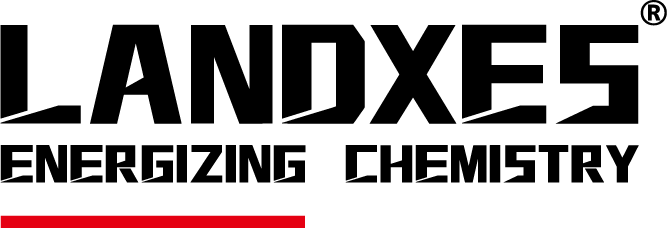
LANDXES DTRO/DTNF Membrane Product Characteristics:
The LANDXES DTRO membrane is specifically developed for the treatment of landfill leachate, and its membrane component structure is completely different from traditional roll up membranes. DTRO is widely used in near zero emissions, achieving true near zero emissions.

DTRO Water Flow Process:
Raw water: After entering the membrane column, raw water enters the membrane column from bottom to top along the gap between the flow disc and the membrane shell.
Water production: After the raw water enters the membrane column, under the action of the pump, the water produced through the membrane enters the water production channel and is discharged through the clean water collection hole.
Concentrated water: Contaminants are trapped by the membrane and continuously concentrated on the outside of the membrane before being discharged from the concentrated water outlet.
Langsheng DTRO membrane component structure: composed of disc type membrane, guide plate, O-ring seal, center pull rod, upper and lower membrane flanges, liner, nut, etc. By relying on the positioning device to fix the lower flange and center pull rod, the O-ring, diaphragm, and guide plate are installed in a staggered manner and run through the center pull rod. Then, the upper flange is installed, and finally, pressure sealing installation is carried out.
DTRO/DTNF Membrane Core Component - Membrane:
The membrane is composed of two concentric octagonal/circular reverse osmosis membranes and a filamentous support in the middle. The outer ring is sealed by welding, and the inner ring is the outlet for filtered water. The channel between the membranes is 6mm, while the roll type component is only 0.2mm;
Open channel, with no direct contact between the membranes. The concentrated water flow channel is 2mm, which may tolerate high SS. The membranes can be replaced separately, greatly reducing maintenance costs;
The degree of inflow turbulence is high, and the flow channel of the guide plate is as short as 60mm, effectively solving the problem of concentration polarization.

The Characteristics Of DTRO Guide Plate:
Replacing the mesh support structure in the roll type membrane, there are many raised small cylinders on the surface, which prevent the membrane from directly contacting the guide plate, and the middle gap serves as the flow channel for the filtrate.
There are staggered convex points arranged on the surface of the guide plate, which form a turbulent state during the flow process of the liquid, minimizing the occurrence of fouling, pollution, and concentration polarization on the membrane surface. This allows the DT component to demonstrate its superior performance even under high operating pressure of 200 bar.
The special structure and hydraulic design of the guide plate make the membrane assembly easy to clean, and the flux recovery after cleaning is very good, thereby extending the service life of the membrane.
Through engineering practice, it has been shown that the lifespan of the first stage DT membrane can reach up to 3 years, or even longer, in the treatment of permeate solution. When connected to other treatment equipment (such as MBR or TMF), the lifespan can reach more than 5 years, which is not achievable for general reverse osmosis treatment systems.

Advantages Of LANDXES DTRO Membrane Technology Performance:
Lower transmembrane pressure difference: The traditional DTRO has a transmembrane pressure difference of about 5-7 kilograms, while the LANDXES DTRO has a transmembrane pressure difference of only 2-4 kilograms, which is more energy-efficient.
Better diaphragm: LANDXES DTRO has a single membrane area of 9.4 square meters. Adopting imported technology for high-performance membranes, with a high cost performance ratio.
Longer service life: The thickness of the separation layer on the surface of traditional DTRO membranes is about 0.2 μ m. The thickness of the separation layer on the surface of the LANDXES DTRO membrane is about 0.3~0.4 μ m. Can withstand more cycles of chemical cleaning and rinsing, with a longer lifespan.
The Performance Disadvantages Of Traditional DTRO Membrane Technology:
The shape of the traditional DTRO membrane is circular or octagonal, and the liquid is dispersed from the inner diameter of the membrane center to the outer diameter. When the material liquid passes through the membrane, the pressure loss is relatively large, with a transmembrane pressure difference of 5-7 kilograms. The requirements for traditional DTRO pretreatment are particularly high, and the requirements for water inflow are quite demanding.
Severe pollution blockage/low recovery rate/frequent cleaning/reduced lifespan/poor impact resistance
DTRO Membrane Column Technical Parameters:
| Product Model: | Area (m2): | Inlet Channel Width (mil): | Single Inlet Water Volume (L/h): | Water Production (L/h): | Stable Desalination Rate (%): |
| LANDXES DTRO-75 | 9.4 | 2 | 700-1300 | 100~130 | 98.5 |
| LANDXES DTRO-95 | 9.4 | 2 | 700-1300 | 90~120 | 98.5 |
| LANDXES DTRO-120 | 9.4 | 2 | 700-1300 | 80~110 | 98.5 |

